How to Get Your Children’s Book Published
Step #2: Know What You’re Writing
Welcome back to my series for educators on the basics of children’s writing and publishing. Last time I wrote about why teachers and other educators often make great children’s writers. Today we are going to make sure you know what you’re writing. What? you say. Of course I know what I’m writing, I’m the one writing it! Well, actually, maybe not (I didn’t!) — or at least, maybe not in terms of what publishers want to turn into a book.

So, let’s start with the TYPES of children’s books. These are not genres of literature (we will get to that later in this post). These are physical types of books. They differ in terms of number of pages, kinds of art, trim size (look it up!), paper type, etc. They are categorized pretty much based on the age of the kid (or more specifically the reading levels of kids) who will most often benefit from them. Though there are exceptions to the descriptions below, and hybrids between the types, the basic categories are:
Board Book
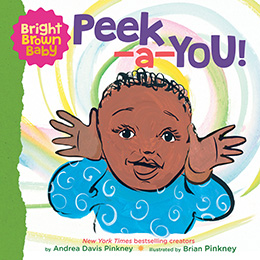 Age range: 0 to 3
Age range: 0 to 3
Reader level: pre-reader
Word count: 0 to 50
Page count: 12 or less
Art: graphic illustration or realistic photos
Paper: thick cardboard, laminated, rounded corners
Trim size: small, < 5” x 7”
Purpose: Read aloud by caregivers to babies or toddlers. Often created by a single writer/illustrator. Board books feature basic concepts (colors/numbers) or baby-related stories, are easy to clean, non-toxic, and (seriously) chewable.
Picture Book
Age range: 4 to 8
Reader level: emerging through elementary
Word count: 500 to 1000
Page count: 32
Art: heavily illustrated on every page in infinite styles
Paper: thin but high quality; often coated to highlight illustrations
Trim size: 9” x 11”
Purpose: Picture books are typically read aloud by parents or teachers. They feature concepts and stories from super basic to quite complex, including those that have additional meaning for adult readers. The vocabulary may be higher than the age range, due to art and other visual aspects (ex: type design) that support understanding. Great picture books are art dependent — the art is driving the story equal to, more than, or sometimes in place of, words.
Early Reader
Age range: 5 to 9
Reader level: 3rd grade and under
Word count: 1000 to 2500 words
Page count: 32 to 64
Art: varies from comics to illus. to photos, from full page to spot [small] art
Paper: thin, coated for classroom durability
Trim size: 6” x 9”
Purpose: Early readers are for beginning readers to practice or to teach reading skills. They are created from strict word lists and structures that conform to Lexile scores. Publishers control what is developed for this market, not creators. Most publishers have established lines of early readers already in place, typically hiring experienced authors or re-working ‘hits’ to create new books. By far the most difficult market to break into.
Chapter Book
Age range: 7 to 10
Reader level: Early Elementary < 4th grade
Word count: 4,000 to 12,000 words
Page count: < 100
Art: lots of spot art
Paper: thin and uncoated, often paperback
Trim size: 5.5” x 8”
Purpose: A chapter book is for first-time, fully independent reading. It is divided into very short chapters so that kids can stop as time, activities, and attention allow. Chapter books are often series stories dealing with elementary kids’ interests.
Middle Grade Novel
Age range: 9 to 13
Reader level: 4th to 8th grade
Word count: 20,000 to 50,000 words
Page count: 70 to 150 pages
Art: minimal spot art
Paper: thin and uncoated
Trim size: 5.5” x 8”
Purpose: For confident readers to explore a wide variety of issues and themes usually centered on friendships, family, or school. These books have chapters, but they are not “chapter books” (I know, confusing!) The characters are often the same age range as the readers. Middle grade novels can be wildly funny, or quite serious, addressing topics like bullying, addiction, mental or physical illness or death, yet don’t usually contain graphic sexual content or illicit language.
Graphic Novel
Age range: 7 to 18+
Reader level: independent, 3rd grade to adult
Word count: not applicable / art dependent
Page count: 48 to 200+
Art: comic strip
Paper: varies
Size: 5.5” x 8”
Purpose: The graphic novel is a narrative comic strip consisting of paneled black and white or color illustrations typically including short text in bubbles, sound effects (CRASH!) and other “comic book style” features. They are most often created by a single artist/writer. Graphic novels are one of the most varied types in terms of reader age and story themes, ranging from funny elementary school adventure stories to middle school romances to memoirs for young adults about racism and war. Difficult category for any beginning writer without professional illustration skills.
Young Adult Novel
Age range: 12 to 18
Reader level: adult
Word count: 60,000 to 90,000
Page count: 200 or more
Art: none, cover only
Paper: thin, uncoated
Trim size: 6” x 9”
Purpose: For readers in high school and up. The YA novel typically has characters of late teen ages, but deals with similar themes found in adult fiction. The YA novel typically addresses transitions to adulthood, including friendships, romance, sexuality, or any challenges that a high school reader may find relatable. May use graphic content and illicit language.
Long Form Nonfiction, Middle Grade or Young Adult
Age range: 10 and up
Reader level: independent
Word count: 20,000 and up
Page count: 50 and up
Art: any
Paper: any
Trim size: any
As you can see from the above description, longer form nonfiction can take almost any form and its content determines its audience. It is categorized only by the fact that the information or story imparted is 100% true. I have examples on my shelves that have no real illustration except cover art and look like narrative novels and others that are heavily illustrated on every page, are expository in nature, and are as large as the largest coffee table books.
Again, I am not saying there are not exceptions to the above descriptions, but these are the categories that publishers will slot your working manuscript into when considering buying it. So, do you know what you’re writing? Is it a picture book? Not if it’s 5,000 words. Is it an early reader? Not if you’re a first-time author. Is it a middle grade novel? Not if it’s a hot and heavy romance and your 17-year-old main character can’t stop cursing.
Let’s briefly talk about genre. There are two basic genres: Fiction and Nonfiction. Fiction means the whole manuscript or any part of it is made up. Nonfiction means the manuscript is (100%) prove-ably true. There can be nonfiction IN fiction; but there shouldn’t be fiction IN nonfiction.
And then, there are about a billion more genres within each of those two broadest categories. Okay, no, I exaggerate — there aren’t a billion; but depending on how genres are defined and hybridized there are a TON! The basic ones typically used in children’s literature include:
- fantasy
- science fiction
- realistic fiction
- historical fiction
- biography
- poetry
- folklore
(and so many more subcategories: informational fiction, fairy tale fantasy, magical realism, and on and on). All this ‘genre-talk’ can get quite complicated, but if you search, “genres in children’s literature,” the internet contains hundreds of in-depth explanations and descriptions for each genre. Here’s a simple prose explanation or a graphic summary if you’re more visual.
Briefly, it’s time to layer genre onto those book types. In other words, all book types can be fiction or nonfiction AND all book types can be any genre. Some pairings are more common than others, but essentially, there can be board book biographies or graphic novel biographies, picture book fantasy or young adult fantasy, middle grade historical fiction or chapter book historical fiction. Although at first this seems confusing, it also gives creators a rich tapestry of ages of children and interests from which to write. My strong advice: write your story with a particular age group/book type in mind first, and other than knowing whether it’s fiction or nonfiction, categorize its genre later (if ever.) Let the publisher and the Library of Congress categorize your story, you just write and revise it enough to get an editor’s attention.
Here are two wide-ranging books about children’s books and publishing that cover book types & genre:
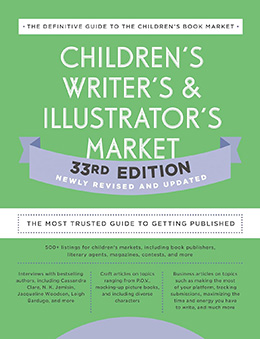 Children’s Writers and Illustrator’s Market, 33rd edition, Amy Jones, editor, Writer’s Digest Books, 2022. It’s difficult for a print book to keep up with every publishing trend, but this mostly updated publication is a good way to get an overall view of the market, including book types, publishers, agents, etc. There may be a new edition coming soon, read the most recent one you can get your hands on.
Children’s Writers and Illustrator’s Market, 33rd edition, Amy Jones, editor, Writer’s Digest Books, 2022. It’s difficult for a print book to keep up with every publishing trend, but this mostly updated publication is a good way to get an overall view of the market, including book types, publishers, agents, etc. There may be a new edition coming soon, read the most recent one you can get your hands on.

- SCBWI Essential Guide to Publishing for Children 2024. This publication is available online only to those who join the Society of Children’s Book Writers and Illustrators (SCBWI). In 2024, initial annual dues are $95 (student rate is less). If you want to write for children, SCBWI has many opportunities and resources for its members.
Next time I will talk about potential ways to publish your manuscript and the variety of publishers. Maybe I’m putting the cart ahead of the horse, but in the end (I hope!) there will be a method to my madness. I believe it’s important for you to understand all the players that make up the big picture of children’s publishing before we talk about the steps to get to your goal.
Until the next issue of Bookology, keep writing!
Tag You’re It, the series …
Step #1, Believe
Step #2, Know What You’re Writing
Step #3, The Publishers
Step #4, Main Characters in Publishing
Step #5, The Book Process
Step #6, Writing Story
Step #7, Fixing It
Step #8, Don’t Stop … Believing



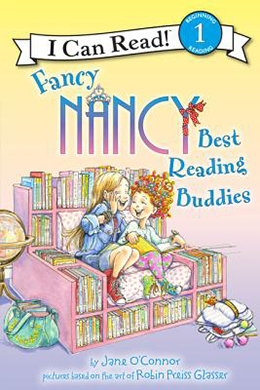
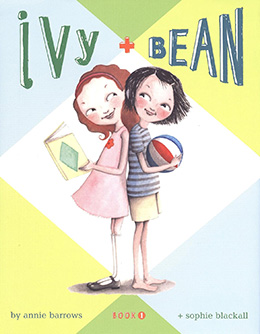
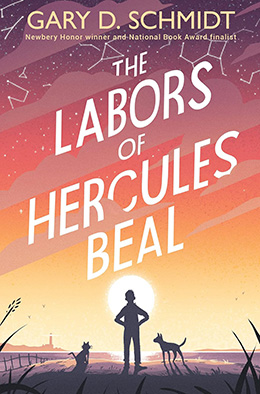


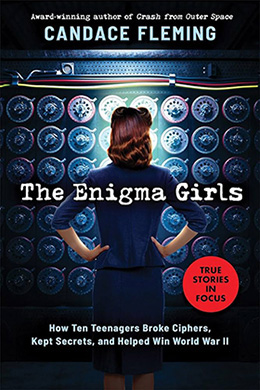
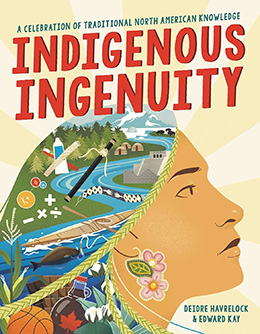
What a thorough, eloquent and accessible article by one of the very best in the business!